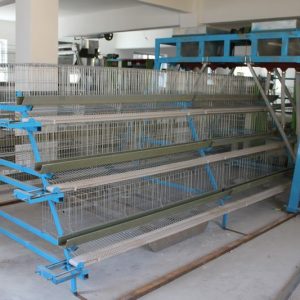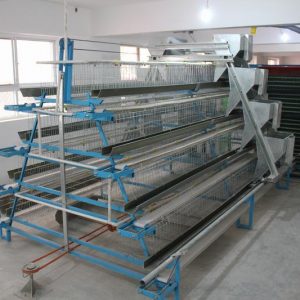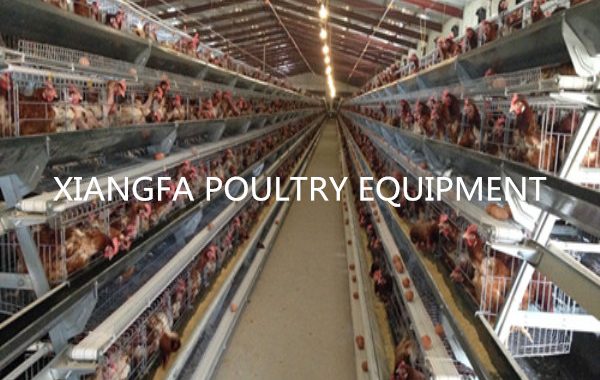
Share tips for raising chicks in summer
The rising temperature has brought a new environment to the breeding industry. The change of temperature is one of the factors to be considered in the chicken industry. What are the important aspects of chicken breeding in summer?
Chicken house disinfection
Only by giving the chicks a safe and hygienic environment can they have a good start. The disinfection of the chicken house is divided into four steps, the first step is cleaning. Thoroughly clean the chicken manure, including dirt and dust, from the house. Many diseases are spread through chicken manure, such as the bursa of fabric and influenza. The second step is flushing. Rinse the equipment and the ground with clean water. If possible, use a high-pressure water pump for better results.
The third step is disinfection. Use 2% caustic soda for floors and walls below one meter, and then spray with iodine-containing disinfectants, such as Jiniocarb and Baoiod. Because iodine is more sensitive to bursal bursal virus. The fourth step is fumigation. Smoke is everywhere, and the disinfection is more thorough. The most commonly used is Haiqi Xunba, which has good economic effects.
Brooding management
Keeping warm is the most important condition for brooding. The room temperature during the brooding period directly affects the growth and survival rate of the chicks. The brooding room temperature should be maintained at 33 to 35 degrees a week. After that, the temperature is lowered by 2 to 3 degrees every week until the temperature drops to about 22 degrees. During the warm-keeping period, in addition to making the temperature reach the required value, it is best to observe the state of the flock (see the temperature of the chicken).
At the right temperature, the flocks are comfortable and active, evenly distributed around. Stretch your legs and rest. If the chicks dissipate from the heat source and breathe, the temperature is too high; if the chicks are crowded in the heat source and piled up, they will make a sharp and uneasy cry, indicating that the temperature is too low. Just heat up in time.
Drinking and starter
After the chicken enters the house, after transportation stress, the chicken should be allowed to rest for a while, and then supplied with clean warm water that is consistent with the temperature of the chicken house, and add nutritional medicine to the warm water. The chicks can start feeding after 2 to 3 hours after drinking enough water.
Ventilation
Maintain good ventilation facilities to make the air in the house fresh and the ammonia content below 2PPM. Ventilation should be carried out when the temperature is highest during the day to prevent cold wind from blowing directly to the flock.
illumination
The 7-day-old has 24 hours of light every day, which is beneficial to increase the feed intake of chickens and achieve the purpose of rapid growth. After 7 days of age, the light can be turned off for 1 hour to prevent the chicks from causing stress when the power is suddenly cut off. The light should be appropriate, if the light is too strong, it is easy to cause the chickens to bite uneasy.
density
40 to 50 animals per square meter of 1 to 3 weeks old, 20 to 30 animals per square meter of 4 to 6 weeks old.
Attachment: The chick medication should follow the following principles:
Do not use drugs that damage the kidneys (such as streptomycin, genta, kana, etc.);
Do not use drug-resistant ones;
Try to drink water and avoid mixing materials. Uneven mixing can cause poisoning. In addition, if sick chickens eat less, healthy chickens consume a lot of feed, which is not effective in curing.



